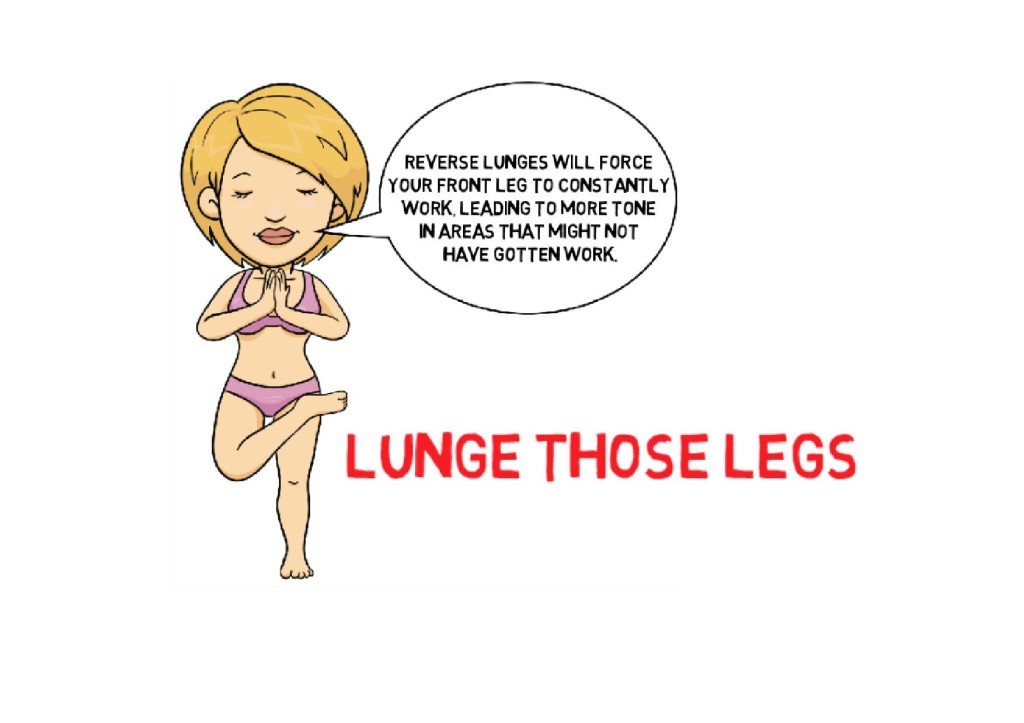
Treat Acne Scars and Stay Acne Free For Good
Some people have clear skin and some don’t. If you’ll look around, you’ll notice that not every teenager gets acne so it can’t accurately be labeled as a ‘part of being a teen.’ Acne is an equal opportunity skin wrecker.
The really bad thing about acne is that it can leave scars if not treated correctly and if you never do treat the ensuing scars, they’ll remain with you the rest of your life. Many acne scars aren’t simply small marks on the face.
Doctors have classified acne scars according to the lasting impression they leave on the skin. The four basic kind if acne scars are: rolling, hypertrophic, icepick and boxed. Some acne scars are so bad that the person appears as if they once had small pebbles embedded in their skin and the pebbles left shallow impressions.
Some acne cases leave scars that dig deep into the layers of skin and create areas of skin where it looks like pieces have been removed. It’s always better to treat acne right away before scars become a problem.
But maybe you tried the over the counter acne medications, they didn’t work and now you’ve been left with acne scars through no fault of your own. So what do you do if you have acne scars? What are your options?
Well, you’ll either have to go to a dermatologist and get some very expensive rounds of treatment. What’s involved in that treatment? Treatment at a dermatology office for acne scars in some cases will involve surgery and in other cases, a procedure known as skin resurfacing will be done. You can bet any procedure done at the dermatologist’s office will cost you a lot and any procedures can be painful.
Why can’t over the counter medication do what they promise to do? Why can’t they clear up acne for good or get rid of scars forever? Because people struggling with acne and acne scars are their bread and butter. If people really get cured by their product, who will buy it?
With the stress your acne is causing you, the last thing you need is a product that won’t do the job. With Acne Free in 3 Days, you can have the kind of treatment guaranteed to take care of your acne without continually having to buy medication.
You’ll get rid of your acne naturally and be on your way to the kind of complexion you’ve always wanted to have. Acne Free in 3 Days will give you the desired results or you can have all your money back. So if you’ve been trying to deal with acne scars on your own, you don’t have to anymore. You can get Acne Free in 3 Days and be done with acne scars.

Acne Scar Treatment and Removal
To prevent the development of scars from acne, treat any flare-ups as soon as they happen. Don’t pick at the spots – because picking can cause infections as well as scarring. Acne scars have different appearances.
Some will show up as discoloration or you may have keloids. Keloids are raised scars. Sometimes scars are pitted and these types of scars are indentions on the skin, known as ice pick scars.
You may not be able to help to get acne, but you don’t have to live with the scars caused by the condition. There are options available that can give you the clear, smooth skin you desire.
If you’re dealing with acne scars that are fairly minimal, you can use the least invasive measures to get rid of the scars. There are different medications that can be applied topically that can take care of scars that aren’t deep.
Some of these medications will contain a bleaching compound or alpha hydroxy acids. Retinol is also a popular topical solution. Pressure bandages can be used to treat acne scars that are raised and this treatment can be applied at home.
However, the time it takes to reduce the acne scarring can be quite long depending on the thickness of the scar. For scar treatment and removal that can’t be taken care of with topical or other means, there are several options available.
Tissue filler is one option. In this treatment, the area of the scar is filled with collagen. Keloids can’t be treated with this option since they’re raised scars. Microdermabrasion is a relatively quick and painless way to treat acne scars.
This is an exfoliating process that buffs away the scars, leaving the treated skin looking new. Dermabrasion is similar to microdermabrasion, but the removal process of buffing away the layer of skin goes more in depth and the healing from the procedure takes longer.
For light acne scars, a chemical peel can be used. Laser removal is also an option. This is a process where the outer layers of the skin are resurfaced through the use of controlled light pulses. These light pulses remove the skin that’s damaged. One of the pluses with this treatment is that it can even remove old and deep acne scars.
In some cases, surgery can be an option. In this type of acne removal, the scar is cut away in a procedure known as punch grafting. With this treatment, because sutures or skin grafts are used, sometimes follow up skin resurfacing is needed. Having steroid injections is another route that some acne patients choose to take.

















